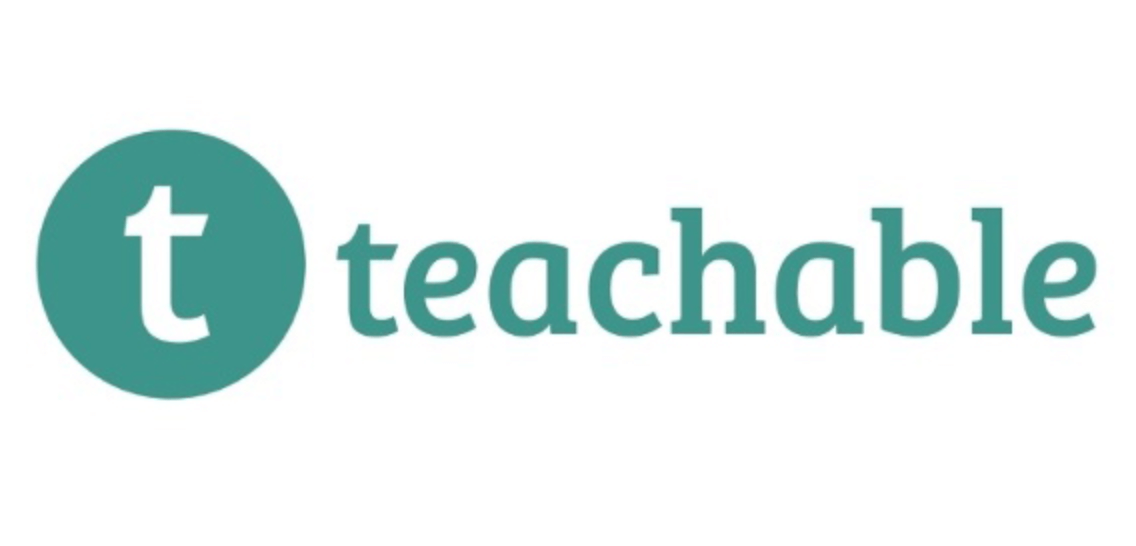One of the most useful features of Teachable is the ability to copy the curriculum from one course to another. This time-saving tool allows you to quickly replicate content from previously created courses, allowing you to save time and effort so you can focus on other aspects of your course creation process. Additionally, this feature can be very helpful when creating multiple courses with the same content or when revising and updating an existing course.

Understanding Curriculum Copying on Teachable
Overview of the curriculum copying feature on Teachable
Teachable’s curriculum copying feature is a valuable tool for quickly and easily transferring content between courses. This feature allows users to replicate the curriculum of one course into another course, including sections, lectures, quizzes, assignments, and any other course elements. This process can be done manually or automatically. There is even flexibility for different course creation styles.
Benefits of copying curriculum between courses
Copying the curriculum between courses provides several benefits. Firstly, it saves a significant amount of time, particularly when developing multiple courses with similar content. Additionally, it ensures that content is consistent across courses, allowing users to easily update the curriculum in one place and ensure that changes are reflected across all courses. Finally, copying the curriculum enables me to easily reuse course elements and preserve the structure and flow of my courses.

> > Click Here to Start Teachable for Free < <
Preparing Courses for Curriculum Copying
Ensuring both the source and target courses are set up and accessible:
Copying curriculum from one course to another in Teachable requires both the source and target courses to be set up and accessible. This means creating the necessary course structure for the target course, including modules, lessons, and quizzes. Additionally, make sure to set the course visibility to either “Published” or “Hidden,” depending on your needs. Once the course is ready, you can begin the curriculum copying process.
Verifying necessary permissions and access levels for curriculum copying:
In order to copy the curriculum from one course to another in Teachable, you must have the necessary permissions and access levels. This means having the appropriate course role in both the source and target courses. For instance, if you are the course author for the source course and an instructor for the target course, you will need to switch your role in the source course to an instructor in order to access the curriculum copying feature. Once you have the necessary permissions, you can begin the curriculum copying process.

> > Click Here to Start Teachable for Free < <
Steps to Copy Curriculum on Teachable
It can be time-consuming to recreate a curriculum from scratch. Fortunately, Teachable provides an easy way to copy a curriculum from one course to another. This section will explain the process of copying a curriculum on Teachable, including accessing the Teachable admin dashboard, selecting the source course and the specific curriculum components to copy, and initiating the curriculum copying process to the target course.
Accessing the Teachable admin dashboard
The first step in copying a curriculum on Teachable is to access the Teachable admin dashboard. To do this, log into your Teachable account, click on the “Courses” tab, and select the “Admin Dashboard” option. This will take you to the Teachable admin dashboard, where you can access the tools to copy your curriculum.
Selecting the source course and the specific curriculum components to copy
Once you are in the Teachable admin dashboard, select the source course from the dropdown menu and then select the curriculum components you want to copy. You can select everything from individual lessons to entire modules or chapters. To select multiple items, hold down the “Ctrl” key (or “Command” on a Mac) and click on the items you want to copy.
Initiating the curriculum copying process to the target course
Once you have selected the source course and the curriculum components to be copied, you can initiate the copying process by clicking on the “Copy to” button at the top of the page. This will open a dropdown menu where you can select the target course you want to copy the curriculum to. Once you have selected the target course, click the “Copy” button to initiate the curriculum copying process. The process will take a few minutes to complete, and you will receive an email notification once the process is finished.
In conclusion, the curriculum copying feature on Teachable can be a great time-saver when you want to quickly create a new course from the content of an existing one. By following the steps outlined in this guide, you can easily copy a curriculum from one course to another, saving yourself valuable time and giving you the opportunity to focus on creating more engaging content for your students.

> > Click Here to Start Teachable for Free < <
Managing Copied Curriculum
Verifying the successful transfer of curriculum components
As a regular user of Teachable, I am well acquainted with the process of copying curriculum from one course to another. Once the copy is complete, it is important to verify that all of the curriculum components have been successfully transferred to the target course. To do this, first open the source course and compare the list of components to the list in the target course. This ensures that all components were copied correctly and that no information was lost in the process.
Reviewing and adjusting any necessary settings or details in the target course
After verifying that the curriculum components have been successfully transferred, review the course settings in the target course to make sure that all settings and details are accurate. This includes reviewing the course title, description, cover image, and access settings, as well as any internal links within the course. Additionally, check that any external links are pointing to the correct URLs. If any corrections or adjustments are needed, make the necessary changes before finally publishing the course.

> > Click Here to Start Teachable for Free < <
Considerations and Limitations
Understanding any limitations or restrictions on curriculum copying
When it comes to copying the curriculum from one course to another on Teachable, there are some important considerations to keep in mind. For example, some courses may limit the ability to copy curricula due to certain restrictions or copyright issues. Therefore, it is important to understand the limitations and restrictions on curriculum copying in order to ensure that the content is not in violation of any agreements or policies.
Considering the impact on student progress and course content dependencies
Additionally, before copying the curriculum from one course to another, it is important to consider the potential impact on student progress and course content dependencies. Copying curriculum from one course to another can affect the progress of students who are already enrolled in the course, as well as any content that is dependent on the copied material. Therefore, it is important to ensure that student progress is maintained and that any dependent content is updated accordingly.

> > Click Here to Start Teachable for Free < <
Troubleshooting Curriculum Copying Issues
Addressing common issues like incomplete transfers or errors
When copying curriculum from one course to another in Teachable, users have sometimes encountered issues such as incomplete transfers or errors. These issues often arise due to incompatibilities between the courses, resulting in some of the content not transferring over correctly. To resolve these issues, it is recommended to break down the problem into smaller steps and consider any potential issues that may be causing the issue. For example, when copying older content into a new course, make sure that the content types used in the old course are also supported in the new course format.
Troubleshooting steps and resources for resolving curriculum copying challenges
Another effective troubleshooting tip is to use the Teachable resources available to help diagnose the issue and find a solution. For example, Teachable has a comprehensive help center with articles, tutorials, and videos that can be helpful for diagnosing and resolving specific challenges. Additionally, Teachable also has an active forum and customer success team that users can turn to for help. In my experience, these resources have been incredibly helpful for diagnosing and resolving any issues I have encountered while copying the curriculum in Teachable.

> > Click Here to Start Teachable for Free < <
Conclusion
The ability to copy curriculum to another course is an invaluable tool for course creators, allowing them to quickly and easily create and manage multiple courses. Curriculum copying allows creators to save time by not having to replicate the same content and structure for each course, and yet still ensures that each course is of the highest quality.
In conclusion, curriculum copying is a powerful tool that can have an immensely positive impact on course development. By leveraging the time-saving and efficiency benefits of curriculum copying, course creators can create courses with minimal effort and maximize their potential for success.
